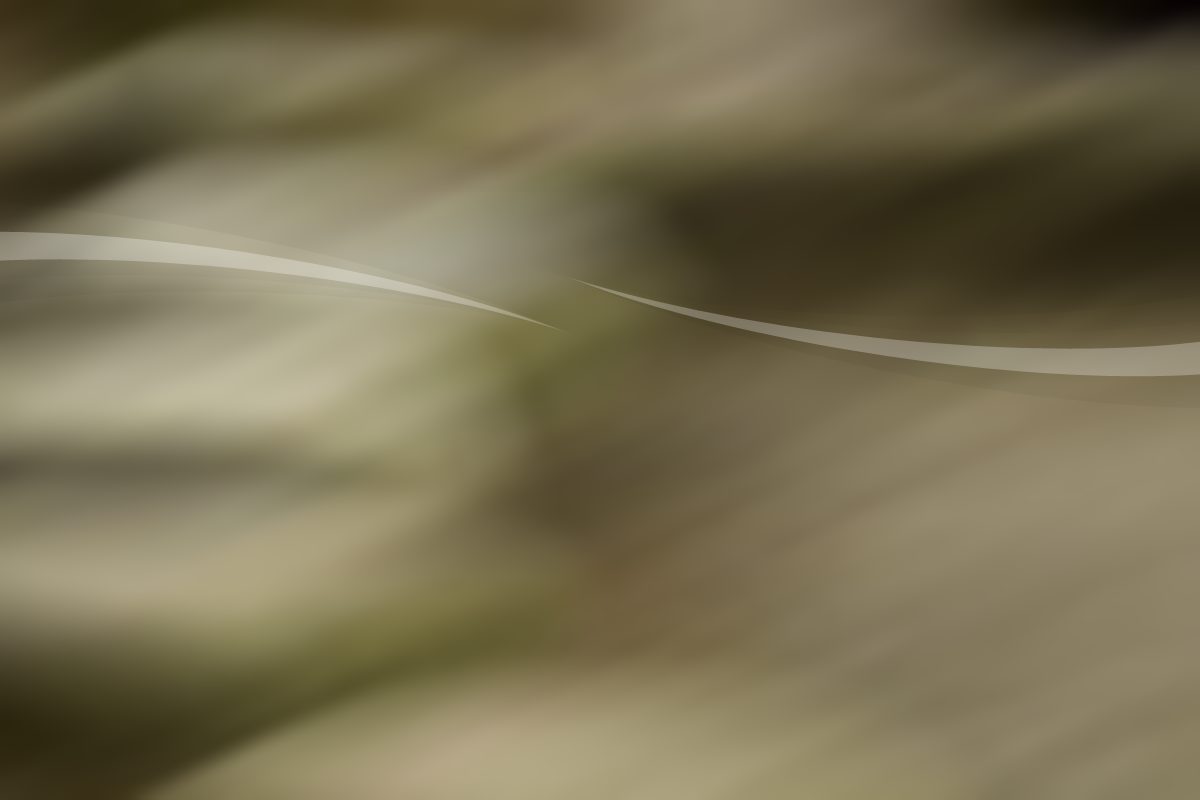
The body as guide
For both psychotherapy and meditation to be successful, we need to stop treating the body like a donkey – in fact, we need to learn a whole new language, one that wells up from the shadowy depths of our being
Buddhist teacher Dr Reginald "Reggie" Ray writes brilliantly on the modern crisis of disembodiment, pointing out just how estranged we have become from the fullness of our own experience – how cripplingly removed we are from the personal history we carry in our hearts and bones. This is why his teachings, drawn from Tibetan tantra, focus intensely on practices that bring us directly back to the body. As he says, Buddhist meditation has always been ‘deeply somatic – it is fully grounded in sensations, sensory experience, feeling, emotions and so on. Even thoughts are related to as somatic – as bursts of energy experienced in the body, rather than nonphysical phenomena that disconnect us from our bodies. In its most ancient Buddhist form, meditation is a technique for letting go of the objectifying tendency of thought and of entering deeply and fully into communion with our embodied experience.’
Core Process Psychotherapy also offers a way to connect to health and wholeness through an exploration of the embodied sense of who we are. In many ways, it is more about being with the body that with the head (the overworked, thinking part that resides in the frontal lobes). Yes, psychotherapy is a "talking" therapy, but the invitation (certainly in my approach) is to deeply enquire into the "felt sense" – all that murky, seemingly out-of-reach experience that is literally held within our skin, fascia, muscles, organs, nervous system, cells. Speech is simply the conduit through which all this experience is further explored and integrated. When body, mind and spirit are in balance, speech naturally flows from the heart, not the head.
The trouble is, we've forgotten how to trust and reside in the body. Reggie again: ‘For most of us, and for most of modern culture, the body is principally seen as the object of our ego agendas, the donkey for the efforts of our ambitions. The donkey is going to be thin, the donkey is going to be strong, the donkey is going to be a great yoga practitioner, the donkey is going to look and feel young, the donkey is going to work 18 hours a day, the donkey is going to help me fulfill my needs, and so on. All that is necessary is the right technique. There is no sense that the body might be more intelligent that "me", my precious self, my conscious ego.’
For both psychotherapy and meditation to really work – to operate as portals into an easier, more interconnected, way of being that includes all things, all aspects of our lives both painful and joyful – we need to stop treating the body as a donkey and learn how to begin listening to its deep and innate intelligence. Indeed, it knows more than this "me", the one who is constantly picking and choosing which experiences to "have" and which ones to push away and wall off from conscious awareness. The body knows all because it experiences life in a completely open and nonjudgemental way. We like to think that we can simply move on from painful, unwanted and partially lived experience, but the impact of it all remains deeply embedded in our soma, in the way we hold and corral ourselves, in our own forgotten dreamtime. This unlived experience hidden within the body is the unconscious. It may be out of view, but it doesn't remain inactive. ‘It continues to function as that which our conscious standpoint, in order to maintain itself, must continually strive to ignore. It is much like moving around a party, trying to avoid a particular person. All your moves, while seemingly free and consistent with the wants and desires of your "party objectives", are actually largely defined by trying to prevent any encounter with the unwanted guest.’
And this points to the reason why both meditation and psychotherapy are so challenging, especially in the beginning. When we sit on a meditation cushion or enter into a psychotherapeutic relationship, we come face to face, so to speak, with not just one but with many unwanted guests. Reconnecting to what has been pushed away is very often painful, even terrifying. It is difficult to know where to start. We are so used to keeping a grip on things. Reggie explains that at first, as we begin to listen to the intelligence of the body, ‘we are likely to discover blockages and discomfort. People often uncover vivid pains and discomfort they were only subliminally aware of or perhaps were completely unaware of... While some places feel very hard and armoured, others feel incredibly vulnerable, unprotected, shaky, and weak... Everything is out of kilter, and we are filled with distress of all kinds. We want to scream or run, or jump out of our bodies. This initial step involves getting to know a body that is in a lot of discomfort, holding a lot of claustrophobia and a lot of pain. As our awareness develops, we begin to realise that our habitual – if subliminal – response to our somatic distress is an unconscious or barely conscious pattern of freezing: we are holding on for dear life, fearful and paranoid, tensing our body and our self so we won't have to feel.’
This is the landscape we enter when learning to meditate, and it is the somatic territory included in Core Process work, too. Of course, it may not be what we want to hear – the desire to scream or to jump out of our body doesn't sound like the calm feeling of wellbeing we're seeking. But better to have a rough map, some inkling, of the terrain before setting off. According to Reggie, the biggest obstacle to cultivating a true meditation practice (i.e. one that is about fully living the life that is arriving in the body moment by moment) is our modern desire for a quick fix. The same goes for psychotherapy. Both disciplines require time, commitment, honesty and courage. Put those into the mix, though, along with a willingness to deeply listen to the body, and the reward is extraordinary and immeasurable – it is nothing short of our life.
‘When the body calls us back, we begin to find that we have a partner on the spiritual path that we didn't know about – the body itself. In our meditation and in our surrounding lives, the body becomes a teacher, one that does not communicate in words but tends to speak out of the shadows... It is all very puzzling but, in meditating with the body as our guide, we come to feel that, perhaps for the first time in our lives, we are in the presence of a being, our own body, that is wise, loving, flawlessly reliable, and, strange to say, worthy of our deepest devotion.’
All the above quotes are from ‘Touching Enlightenment’ Tricycle magazine, spring 2006. Dr Reginald "Reggie" Ray is the co-founder and spiritual director of the Dharma Ocean Foundation, based in Colorado in the US. He is a lineage holder in the tradition of Chogyam Trungpa, Rinpoche, and the author of several books and audio series including Touching Enlightenment and Mahamudra for the Modern World. For more information about Reggie's work, see dharmaocean.org
Central London
within walking distance of Southwark, Waterloo and London Bridge stations.
South London
within walking distance of Brixton and Herne Hill stations.
